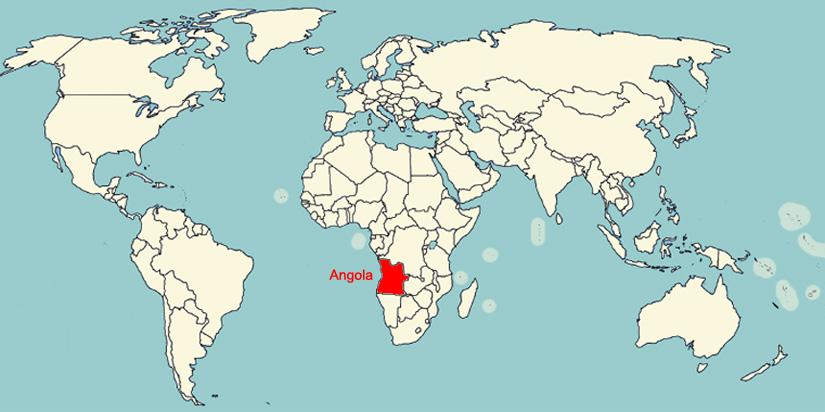|
|
|
|
|
|
|
| |
National
Helplines
Police - 129
Ambulance - 127
Fire - 128
Traffic police – 126
Emergency at sea - 125
All emergency services - 112
Hotline for missing children - 116000
Helplines for victims of crime - 116106
Child help-line - 116111
Emotional support helplines - 116123
|
|
|
| Respect
: You |
|
|
|
|
|
|
|
|
|
Untitled Document
|

